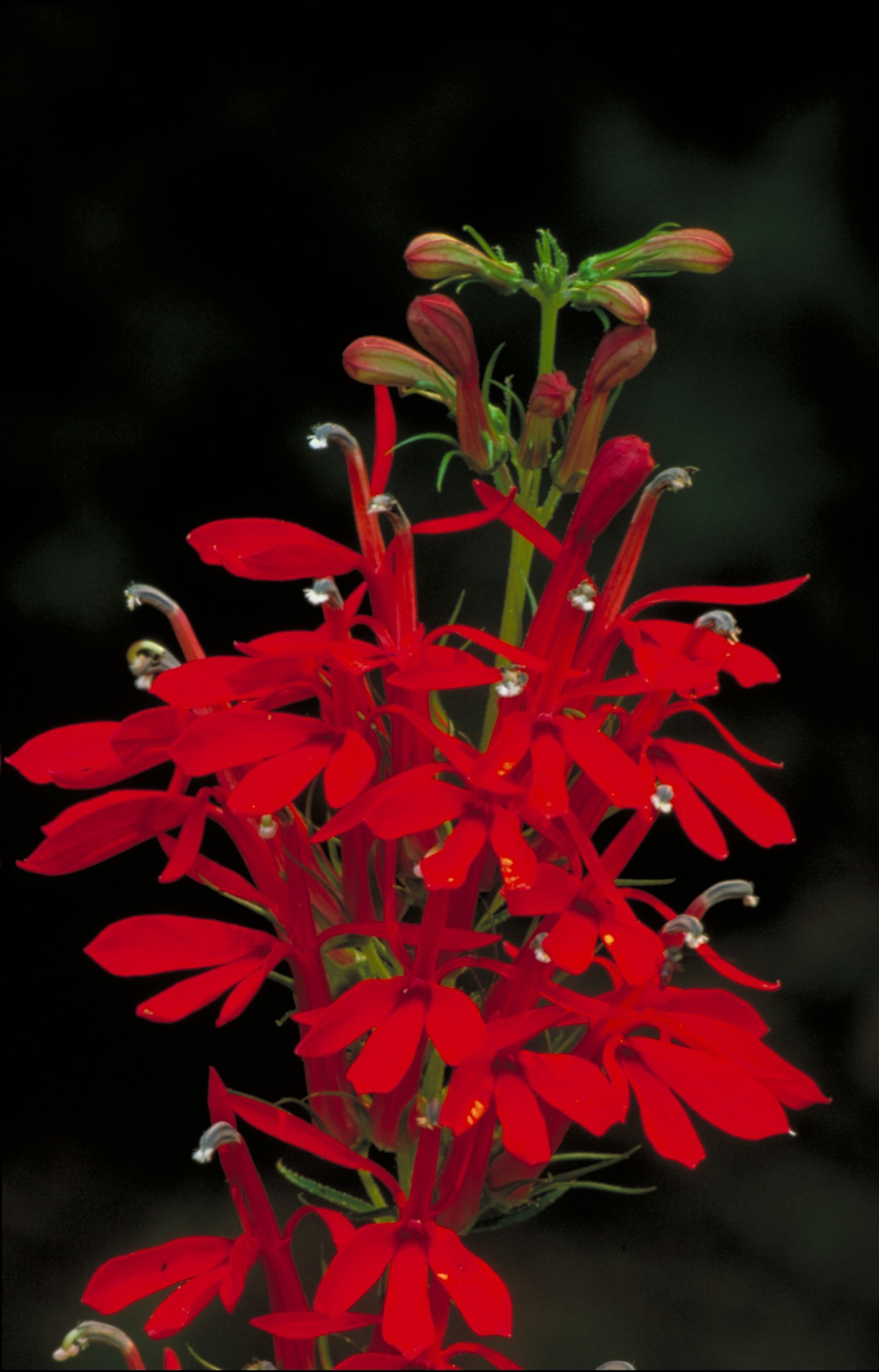
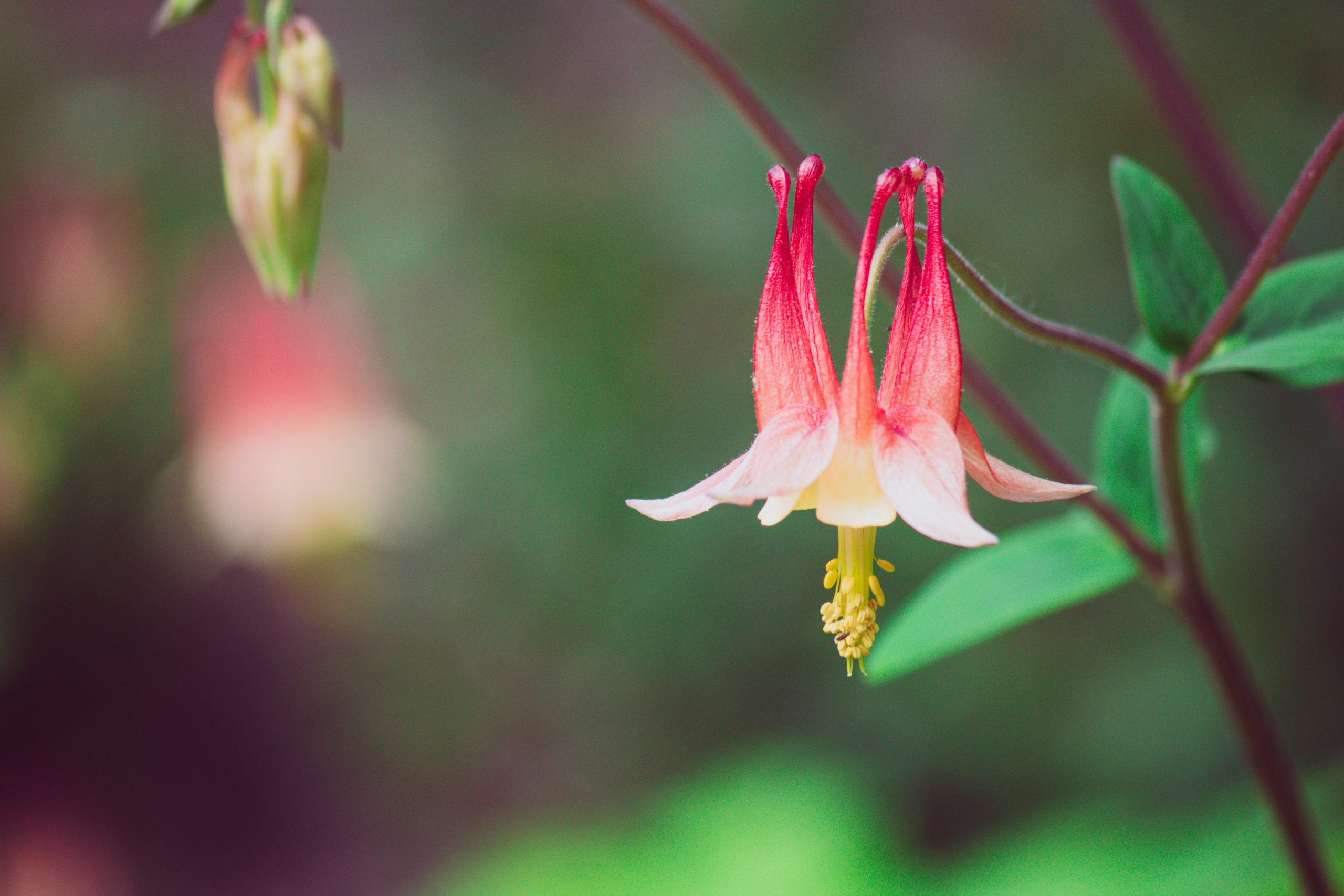
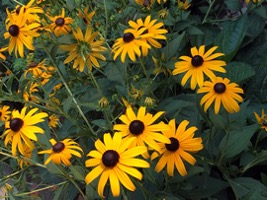
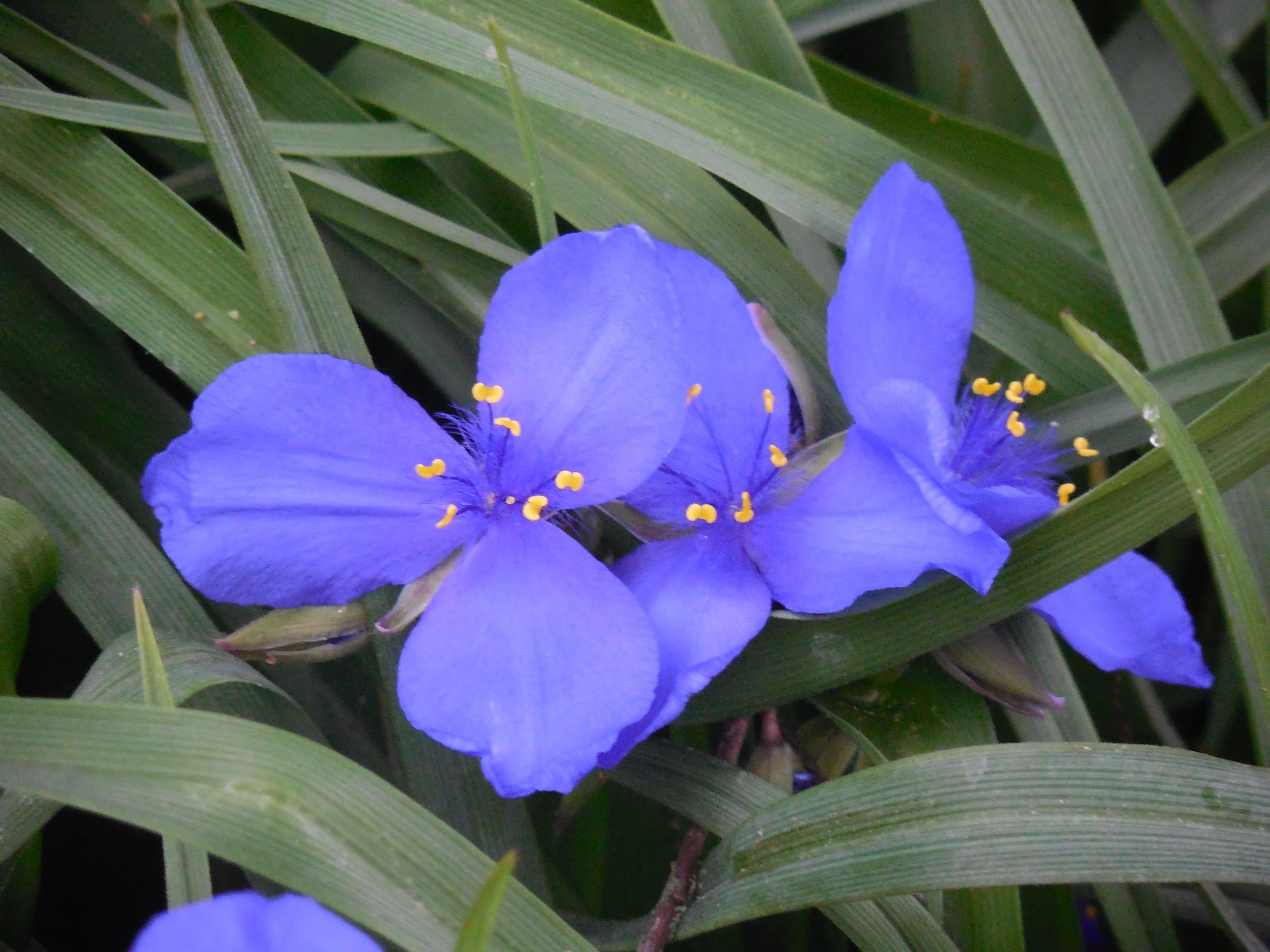
I never cared about insects until I created a native plant garden. All of a sudden, many insects I’d never seen before appeared to feast on nectar and pollen. Some species even raise their young on my plants. I had no idea there were so many fascinating creatures in the world. I was spellbound! I spent time researching to discover their names, lifecycles, and the plants they favored.
We all love Monarch butterflies, but why should they get all the press? Nature is rich with fascinating insects. Here are some of the ones I discovered in my garden this year.
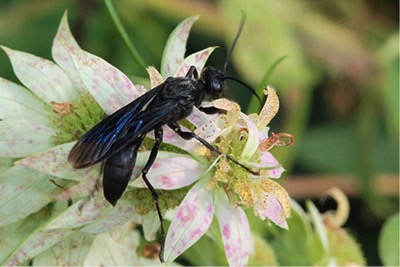
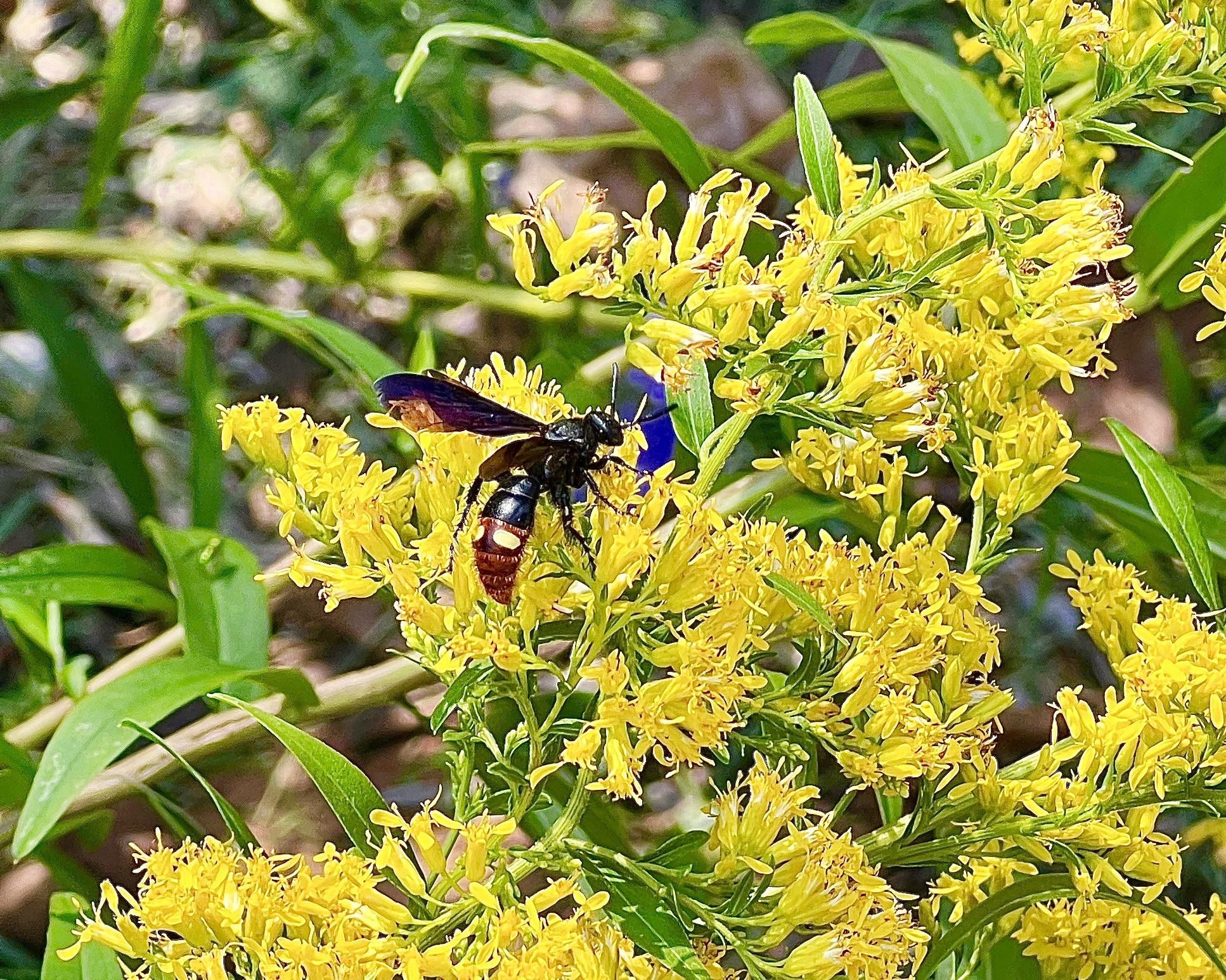
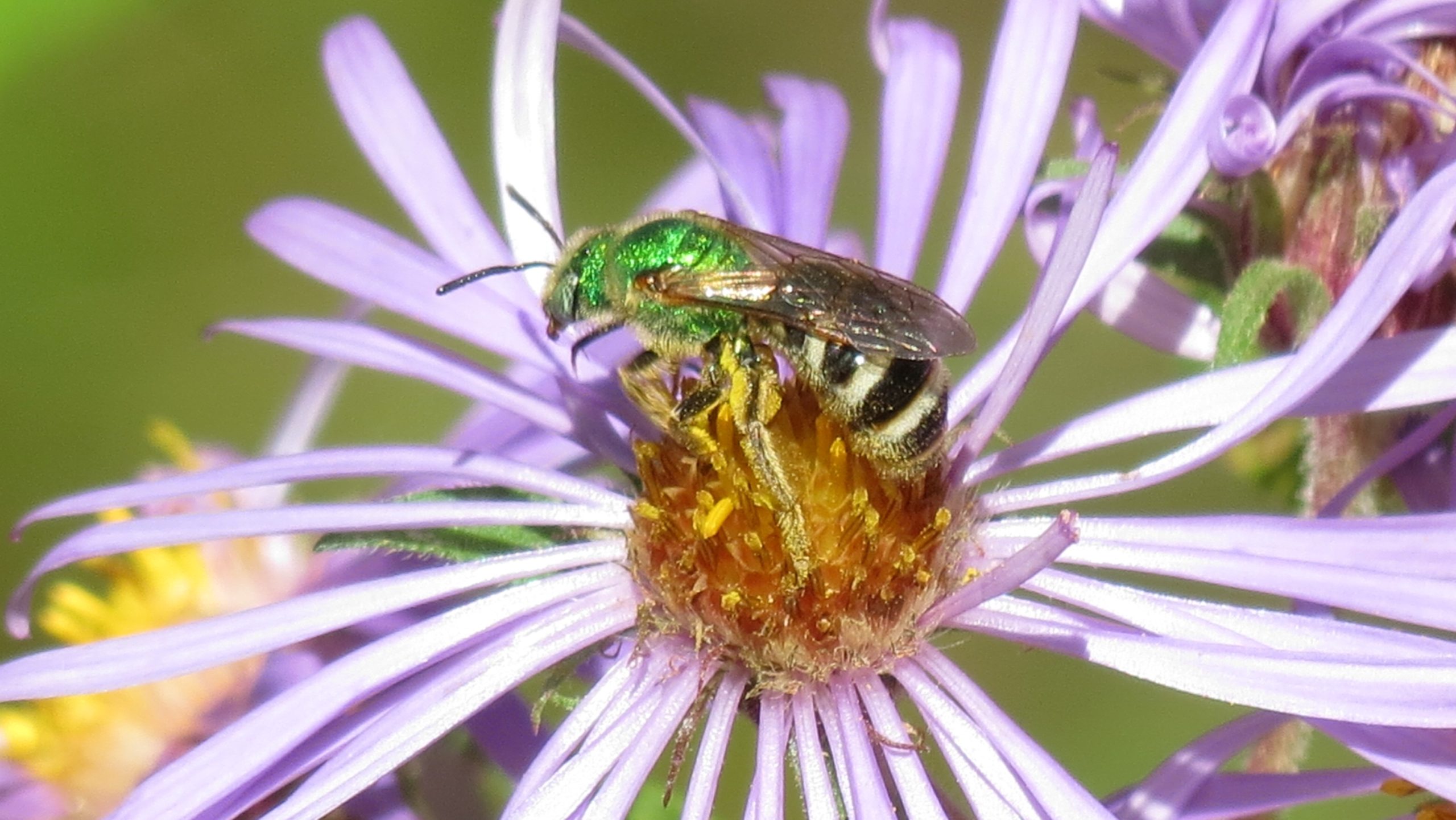
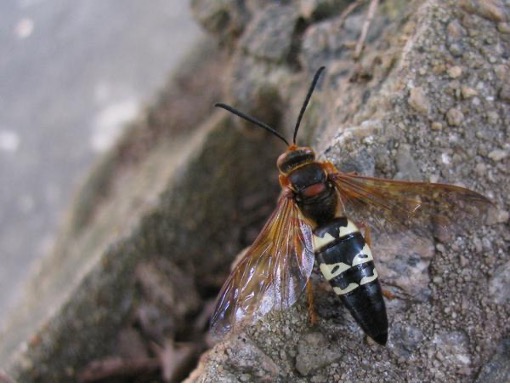

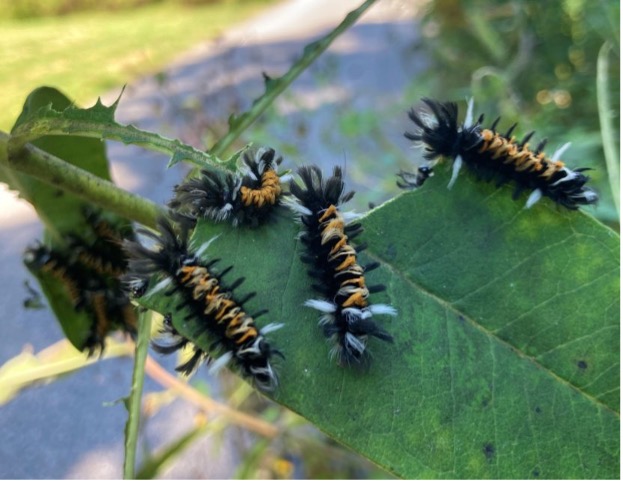
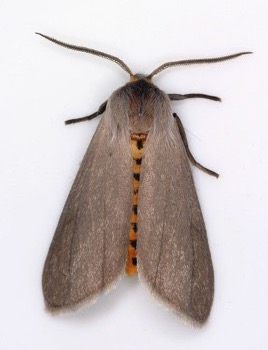
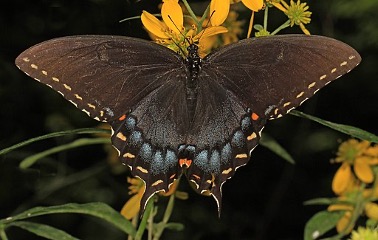
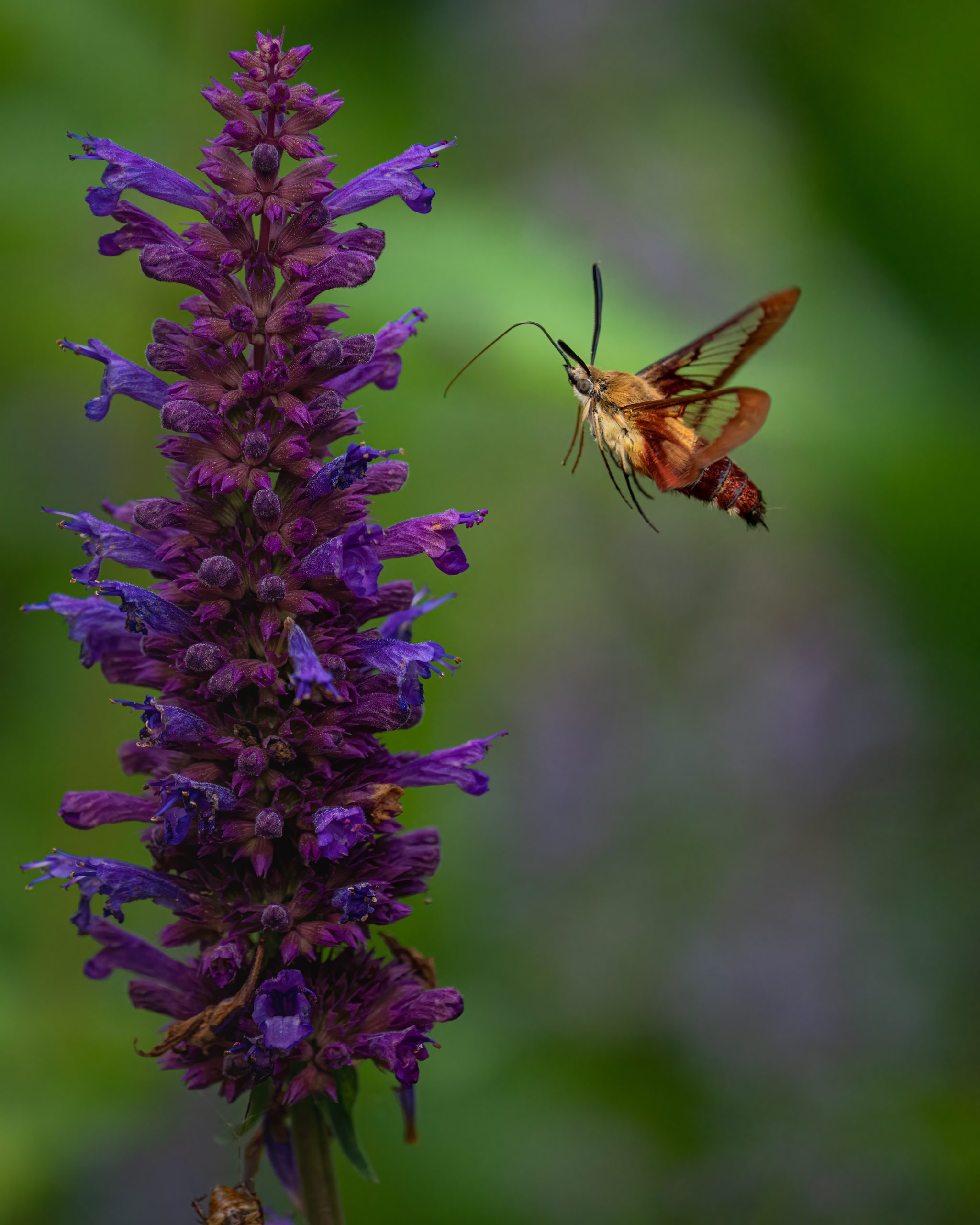
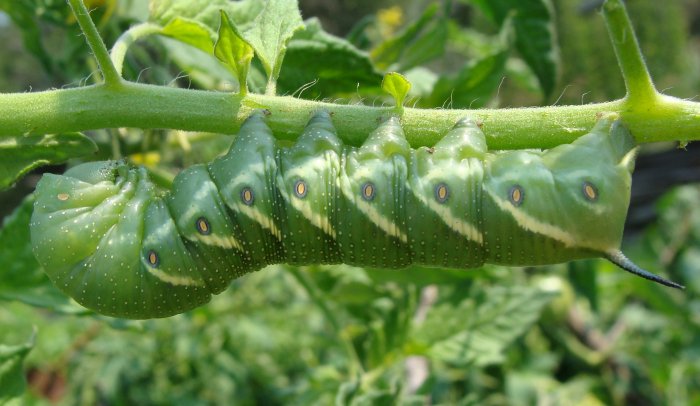
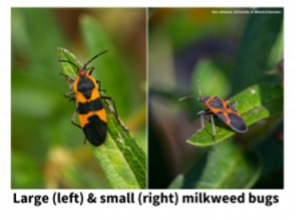
- Digger (scoliid) wasp: No one has ever been stung by a digger wasp. You will definitely want them in your garden, because they help control green June beetles and other grubs. I found the digger wasp in the photo on my Solidago odora.
- Milkweed Tussock moth caterpillar: This colorful caterpillar turns into a rather dull-looking brown moth. I found the caterpillar on my milkweed, which is its host plant. Do not touch, because its black, white and orange hairs can cause irritation.
- Dark phase Eastern tiger swallowtail: Did you know the dark phase Eastern tiger swallowtail is a female? But not all females are dark. Males prefer yellow females, but black females have a higher survival rate because they are less attractive to predators.
- Milkweed bug: This striking orange and black bug does you a favor by eating milkweed seeds. Why is that a favor? Because otherwise, milkweed would take over your garden.
- Sweat bee: This tiny (0.125 to 0.5 inches) bee is easily missed if you don’t look closely. What caught my eye was its green metallic body. They were all over my goldenrod and New England aster in numbers too numerous to count
- Great black wasp: I found this beautiful wasp on my mountain mint. It is stunning with a shiny black body and iridescent purple wings that glow in the sun.
- Hummingbird moth: The tomato hornworm caterpillar turns into hummingbird moth. Often mistaken as a hummingbird at first glance, it is one of the most intriguing moths of the insect world. Unlike other moths, the hummingbird moth feeds in the daytime.
- Cicada killer wasp: Despite their ferocious look, cicada killers are not interested in stinging you. Males can’t sting, and females rarely do. These beneficial insects are solitary wasps and build nests in the ground. Cicada killers prey on cicadas, and appear when there is a favorable year for their prey. I see them circling around in my garden, flying low to the ground.
If you never cared about insects, add some native plants to your garden and spend some time learning about the fascinating world of insects. The more you learn, the more you will care. Why should you care? Because all life on the planet–including ours–depends on insects. Your yard has ecological significance. You can make a difference by planting natives and bringing these fascinating insects into your garden.

Thank you for this, I learned some things from it. Biodiversity, including insects, is key to a functioning ecosystem. Native plants are are an essential part of the mix, too.
Thank you for your comment,James.